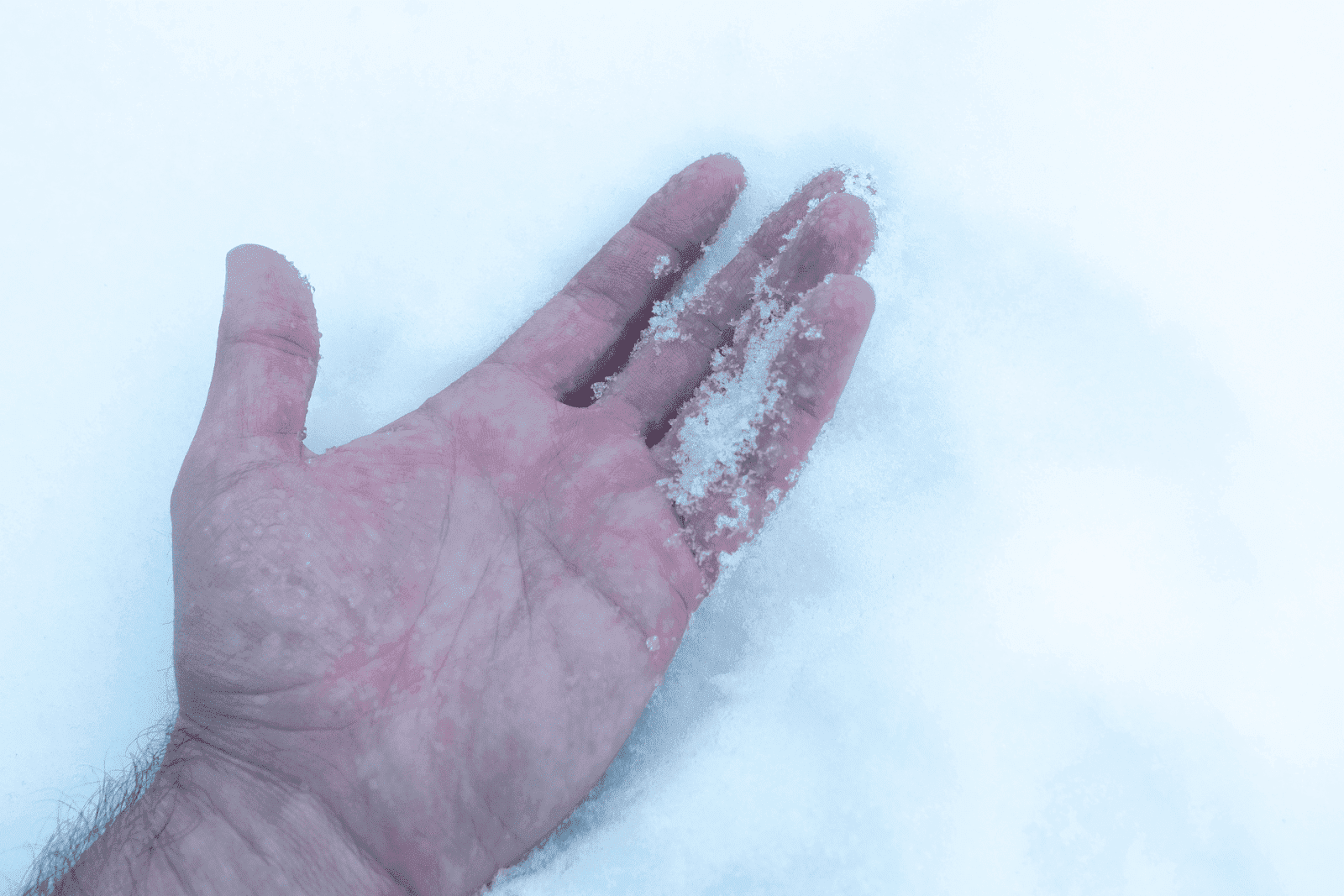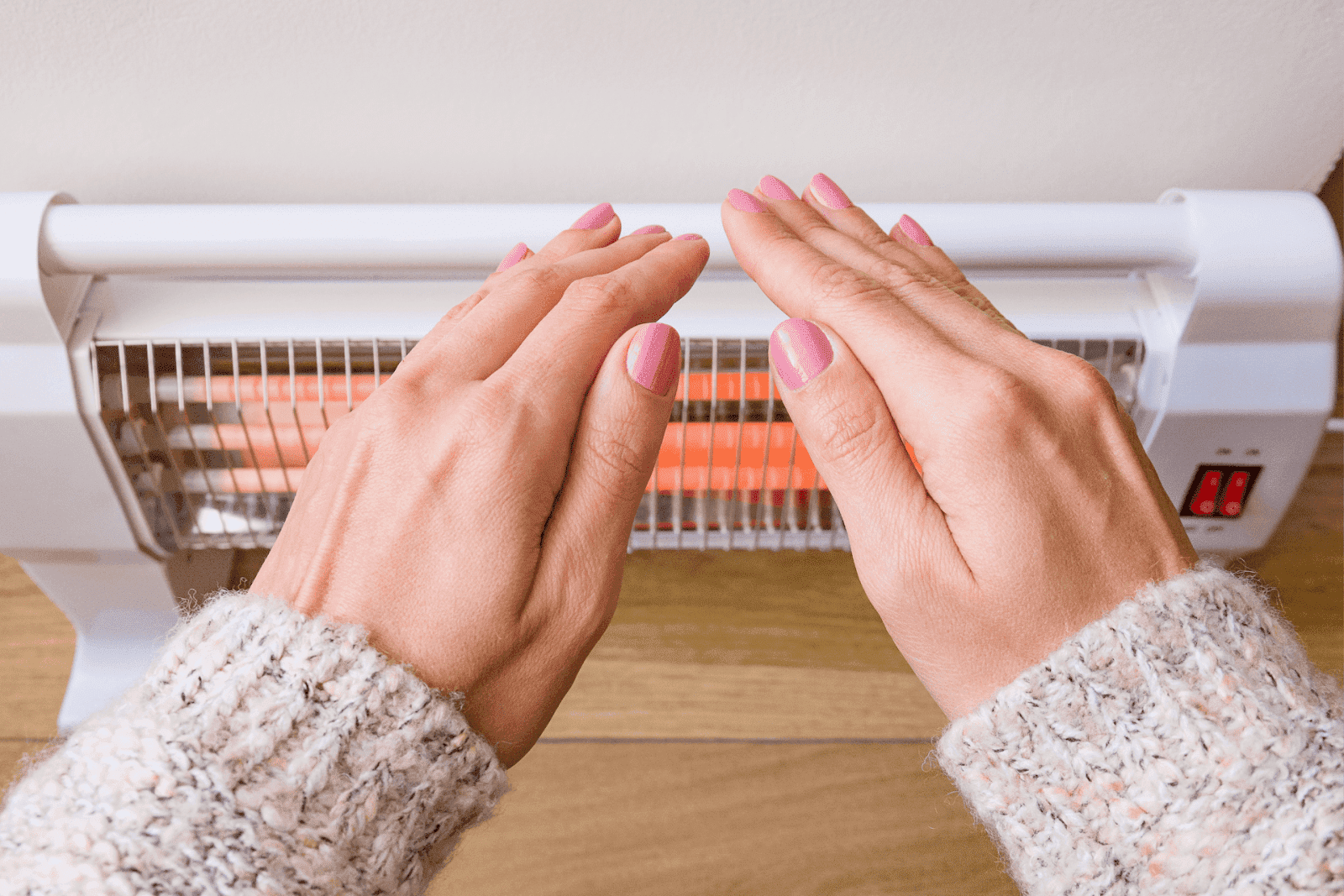Does Mounjaro Affect Fertility?
Understanding Mounjaro and Its UsesMounjaro is a prescription medication commonly prescribed for managing type 2 diabetes. It belongs to a class of drugs that help regulate [...]
Read More
Medically reviewed by Oghenefejiro Okifo | MD, Harvard Medical School | Henry Ford Hospital - Detroit, MI on August 16th, 2025.
Many people have experienced their fingers turning white during cold weather, often dismissing it as a normal reaction to chilly temperatures. However, persistent or recurrent whitening of the fingers can signal underlying health conditions that require attention. Understanding why this happens, what it might mean, and when to seek medical advice is crucial for maintaining good vascular and overall health.
When exposed to cold, the body naturally constricts blood vessels in the extremities to preserve core body temperature. This process, called vasoconstriction, reduces blood flow to the fingers and toes, leading to a pale or white appearance. The skin may also feel numb or tingly as a result. This physiological response is part of the body's intricate system of thermoregulation, which aims to maintain a stable internal environment despite external temperature fluctuations.
This response is generally harmless and temporary, resolving once the fingers are warmed. However, if fingers turn white frequently, last for extended periods, or are accompanied by other symptoms such as pain or numbness, it could be a sign of a more serious condition. Conditions such as Raynaud's phenomenon can lead to more severe episodes of color change and discomfort, often triggered by stress or cold exposure. Understanding these symptoms can be crucial for early diagnosis and management.
 The Role of Blood Flow in Finger Color
The Role of Blood Flow in Finger ColorFinger color is a direct indicator of blood circulation. When blood flow is normal, the skin appears pink or reddish due to oxygen-rich blood. When circulation is reduced, the skin can turn white or blue. Recognizing the difference between normal cold-induced changes and abnormal discoloration is essential. For instance, while a temporary whitening of the fingers during a chilly day is common, persistent changes that include a bluish tint may warrant further investigation by a healthcare professional.
Moreover, the skin's response to cold can vary significantly among individuals. Factors such as age, overall health, and even lifestyle choices can influence how one's body reacts to cold temperatures. For example, individuals with conditions like diabetes or peripheral artery disease may experience more pronounced symptoms due to compromised circulation. Additionally, certain lifestyle habits, such as smoking, can further constrict blood vessels, exacerbating the issue. Awareness of these factors can help individuals take proactive steps to protect their extremities during colder months, such as dressing in layers or using hand warmers to promote circulation.
One of the most common medical conditions associated with fingers turning white is Raynaud’s phenomenon. This disorder causes exaggerated vasoconstriction in response to cold or stress, leading to episodes where fingers (and sometimes toes, ears, or nose) turn white, blue, and then red as blood flow returns.
Raynaud’s can be classified into two types:
Primary Raynaud’s: Occurs on its own without any associated disease. It is usually less severe and more common in young women.
Secondary Raynaud’s: Associated with other medical conditions such as autoimmune diseases, scleroderma, or lupus. This form can lead to more serious complications like ulcers or tissue damage.
During a Raynaud’s episode, affected fingers may go through three color changes:
White: Due to lack of blood flow.
Blue: Due to prolonged lack of oxygen.
Red: When blood flow returns, often accompanied by throbbing or tingling sensations.
Common triggers include exposure to cold temperatures, emotional stress, and sometimes vibration from tools or machinery. Individuals may find that certain activities, such as holding a cold drink or working in a chilly environment, can precipitate an episode. Interestingly, some people report that specific foods or drinks, particularly those that contain caffeine, can also exacerbate their symptoms, adding another layer of complexity to managing the condition.
If you experience frequent or severe episodes of finger whitening, especially if accompanied by pain, ulcers, or tissue changes, it is important to consult a healthcare provider. Early diagnosis and management can prevent complications. In addition to medical intervention, lifestyle modifications can play a crucial role in managing Raynaud’s. Wearing warm gloves, using hand warmers, and avoiding stressors can help minimize the frequency and severity of episodes. Some patients find that engaging in regular exercise improves circulation, which may also alleviate symptoms over time.
For those seeking quick, accessible medical advice, telehealth services like Doctronic.ai offer AI-powered doctor visits that can help evaluate symptoms and recommend next steps without the need for in-person appointments. This innovative approach to healthcare not only provides convenience but also ensures that individuals can receive timely advice tailored to their specific needs, making it easier to navigate the complexities of Raynaud’s phenomenon.
While Raynaud’s phenomenon is a leading cause, other conditions can also result in fingers turning white. Understanding these can help in identifying the right treatment.
PAD is a condition where arteries narrow due to plaque buildup, reducing blood flow to the limbs. This can cause fingers and toes to appear pale or white, especially during activity or exposure to cold. PAD is more common in older adults and those with risk factors such as smoking, diabetes, or high cholesterol. Symptoms may also include leg pain when walking, which can indicate that the blood flow is insufficient, and in severe cases, it can lead to critical limb ischemia, necessitating urgent medical intervention.
Prolonged exposure to freezing temperatures can cause frostbite, damaging skin and underlying tissues. Early frostbite can cause fingers to turn white and feel numb. Immediate warming and medical treatment are necessary to prevent permanent damage. In addition to the initial whitening of the skin, frostbite can lead to blistering and, in extreme cases, tissue necrosis. It's crucial to recognize the signs early and seek help, as frostbite can have long-lasting effects on circulation and sensitivity in the affected areas.
Conditions such as scleroderma, lupus, and other autoimmune diseases can affect blood vessels and lead to white fingers. These diseases often have additional symptoms like joint pain, skin changes, or fatigue. For instance, scleroderma can cause thickening and tightening of the skin, which may further restrict blood flow and exacerbate the whiteness of the fingers. Patients with lupus may experience episodes of vasculitis, where inflammation of the blood vessels can lead to similar symptoms. Understanding the broader implications of these disorders is essential, as they can significantly impact overall health and quality of life, necessitating a comprehensive treatment plan that addresses both vascular health and the underlying autoimmune processes.
Preventing finger whitening episodes often involves lifestyle adjustments and protective measures, especially in cold weather.
Keep Warm: Wear insulated gloves and dress in layers to maintain body heat.
Avoid Sudden Temperature Changes: Gradually warm your hands if they become cold.
Manage Stress: Since stress can trigger vasoconstriction, relaxation techniques can be beneficial.
Quit Smoking: Smoking constricts blood vessels and worsens circulation.
Exercise Regularly: Improves overall blood flow and vascular health.
 When to Consult a Doctor
When to Consult a DoctorIf finger whitening is persistent, recurrent, or accompanied by pain, numbness, ulcers, or other concerning symptoms, it is essential to seek medical evaluation. Early diagnosis can prevent complications and improve quality of life.
Doctronic.ai provides a convenient and affordable way to get expert medical advice from anywhere in the United States. With 24/7 access to board-certified doctors and AI-powered diagnostic tools, patients can receive personalized care quickly and efficiently.
In addition to these practical tips, it is also important to stay hydrated and maintain a balanced diet rich in vitamins and minerals that support vascular health. Foods high in omega-3 fatty acids, such as fish and flaxseeds, can help improve circulation, while antioxidants found in fruits and vegetables can combat oxidative stress on blood vessels. Furthermore, incorporating activities that promote hand flexibility, such as yoga or stretching exercises, can enhance blood flow and reduce the risk of episodes.
Monitoring your environment is equally crucial. If you work in a cold setting or engage in outdoor activities during winter, consider using hand warmers or heated gloves designed for extreme temperatures. Additionally, be mindful of any medications you may be taking that could affect circulation, such as certain beta-blockers or vasoconstrictors. Discussing these factors with your healthcare provider can help tailor a prevention strategy that suits your individual needs and lifestyle.
Advancements in artificial intelligence are transforming healthcare, especially in primary care and telehealth. Doctronic is revolutionizing how patients access medical expertise by offering AI-powered doctor visits that synthesize the latest peer-reviewed medical research to provide accurate and personalized recommendations.
This technology is particularly valuable for symptoms like finger whitening, where timely assessment and guidance can prevent serious complications. AI doctors can analyze symptoms, medical history, and risk factors in seconds, offering a comprehensive diagnosis and treatment plan that patients can discuss with their healthcare providers.
Moreover, Doctronic’s AI remembers every patient’s history, providing a more personal and continuous care experience that traditional healthcare systems often lack. This approach ensures that patients receive care that is not only fast and smart but also deeply personalized.
While cold weather is a common cause of fingers turning white, persistent or severe episodes may indicate underlying health issues such as Raynaud’s phenomenon, peripheral artery disease, or autoimmune disorders. Understanding the causes, recognizing symptoms, and taking preventive measures are essential steps to protect your vascular health.
When in doubt, seeking medical advice promptly can make a significant difference. Doctronic.ai offers an innovative, accessible, and affordable way to get expert medical guidance from the comfort of your home. With AI-powered care that is faster, smarter, and more personal, managing your health has never been easier.
Remember, your fingers turning white might be more than just cold weather—it could be a sign that your body needs attention. Don’t wait to find out. Reach out to a trusted healthcare provider today.
If your fingers are frequently turning white and you're concerned it might be more than just the cold, Doctronic is here to help. As the #1 AI Doctor, we offer free AI doctor visits that provide you with a diagnosis in seconds, which you can take to any doctor for further assistance. For more in-depth care, our telehealth video visits connect you with our doctors anytime, anywhere in all 50 states, for less than $40. With over 10 million users and growing, Doctronic provides faster, smarter, and more personal healthcare, tailored just for you. Skip the line. Talk to an AI Doctor Now, for free.
While occasional finger whitening from cold is normal, frequent episodes lasting over 20 minutes or accompanied by pain and numbness warrant medical evaluation to rule out underlying vascular or autoimmune conditions. The key is distinguishing between harmless cold response and pathological vessel constriction that could indicate serious disease. If you're experiencing concerning symptoms with finger discoloration, Doctronic can help you determine when to seek medical care.
Understanding Mounjaro and Its UsesMounjaro is a prescription medication commonly prescribed for managing type 2 diabetes. It belongs to a class of drugs that help regulate [...]
Read MoreUnderstanding Hydrocortisone Uses and DosagesHydrocortisone is a versatile medication primarily used to reduce inflammation and suppress the immune system in various [...]
Read MoreUnderstanding Zepbound and MounjaroWhen managing type 2 diabetes, patients often face a variety of medication options. Zepbound and Mounjaro are two such options gaining [...]
Read More